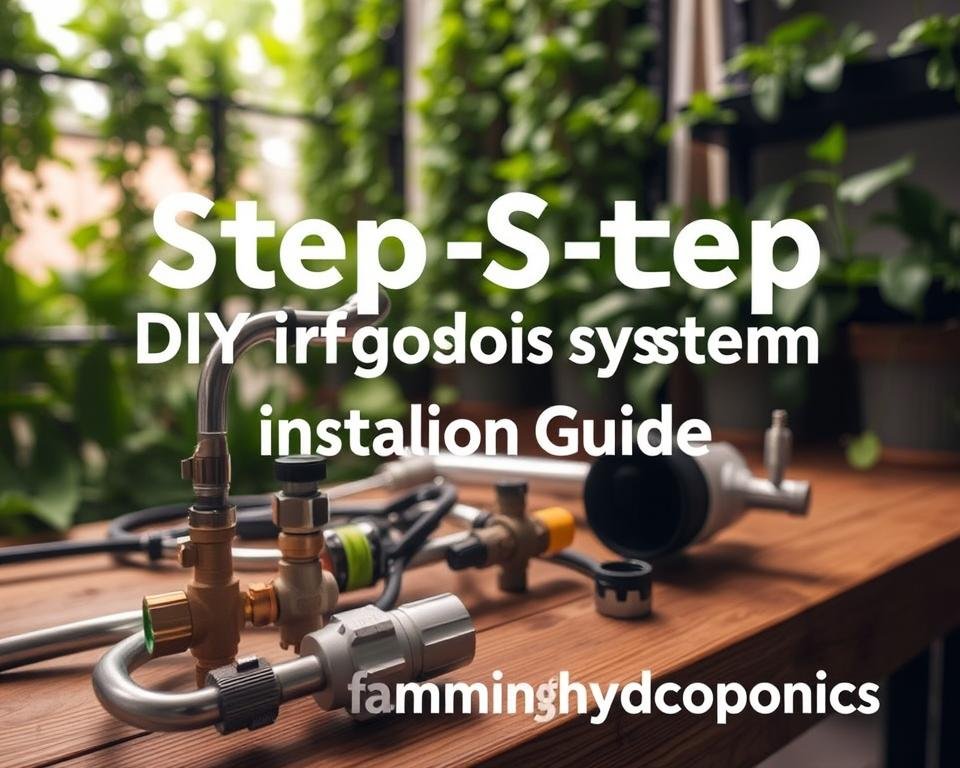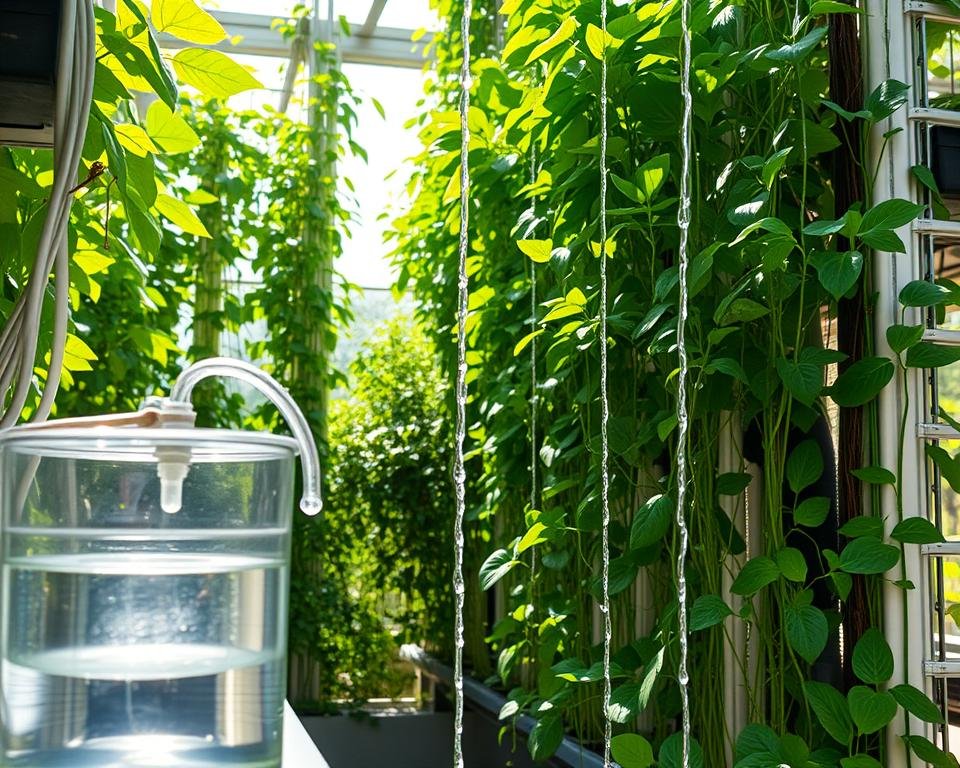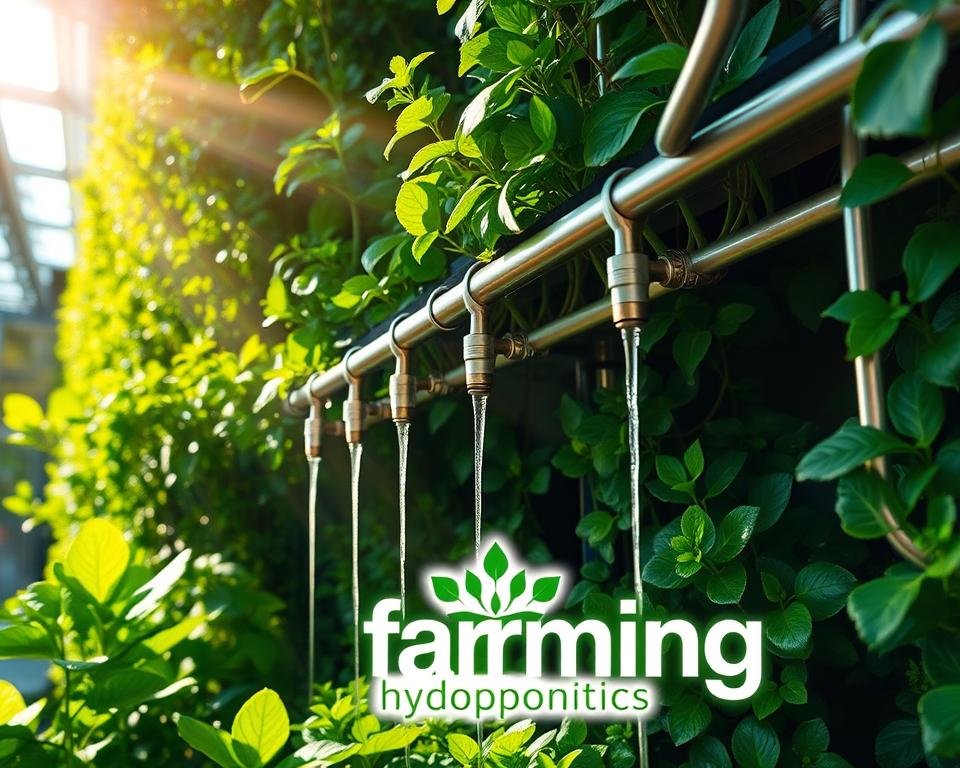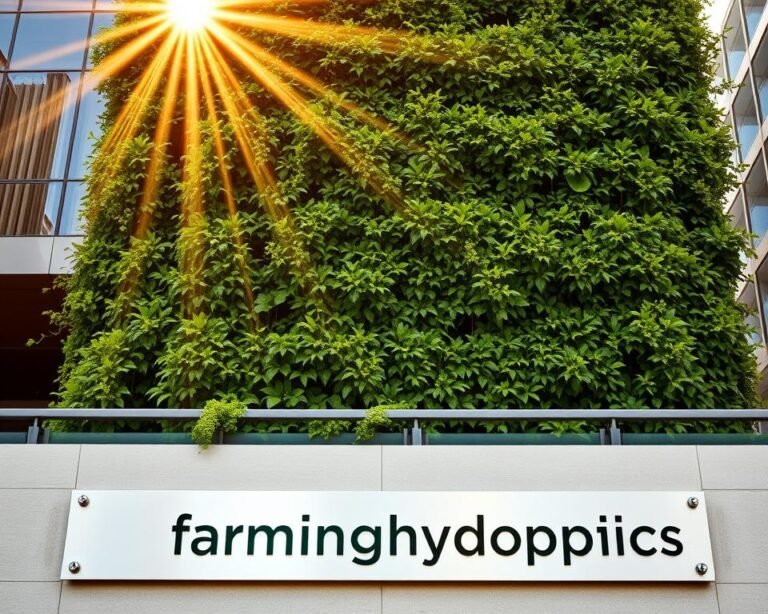DIY Irrigation Systems for Vertical Gardens: Save Water and Time
Imagine turning your vertical garden into a low-water, easy-to-care-for oasis. DIY irrigation systems are your key to lush, healthy vertical gardens. They cut down water use and save you time.
Watering vertical-gardens can be hard. Old ways often waste water and don’t water evenly. But, with DIY irrigation, you can change how you care for your vertical garden. This makes your plants happy and helps the planet too.
Today, watering vertical-gardens is about more than just keeping plants alive. It’s about creating smart, green spaces that use less water. This way, your garden can thrive while being kind to our planet.
Key Takeaways
- DIY irrigation can reduce water consumption by up to 50%
- Vertical-gardens require strategic water distribution
- Efficient watering systems save time and resources
- Customizable solutions adapt to specific garden needs
- Technology enables smarter plant care approaches
Understanding Vertical Garden Watering Needs
Creating a successful vertical garden needs careful watering. Each plant has its own water needs based on soil, climate, and growth stage. Knowing these needs helps create effective irrigation systems. These systems support healthy growth and save water.
Water Requirements for Different Plant Types
Watering needs change with plant types. Seedlings need more water than mature plants. Important factors include:
- Soil type affects how much water it holds
- Sandy soils dry out quicker than clay soils
- Some plants need less water because they’re more drought-resistant
Best Times for Watering Vertical Gardens
Watering at the right time helps save water and keeps plants healthy. Watering in the morning can cut down evaporation by up to 30%. Drip irrigation systems also save water by giving plants exactly what they need.
| Watering Period | Recommended Frequency | Water Conservation Impact |
|---|---|---|
| Summer Months | 3-5 times per week | High water demand |
| Cooler Months | 1-2 times per week | Reduced water usage |
Signs of Under and Over Watering
It’s important to know if your plants are getting enough water. Automated systems can keep the right moisture level, cutting down on manual work by about 70%.
- Under-watering signs: Wilting, dry soil, crisp leaves
- Over-watering symptoms: Yellowing leaves, root rot, fungal growth
Proper irrigation is the key to a thriving vertical garden ecosystem.
DIY Irrigation Components and Materials
Setting up a good irrigation system for your vertical garden is key. Choosing the right parts can make your garden water-efficient. It’s all about the materials you pick.
Here are the must-haves for your DIY irrigation system:
- Tubing: Low-density polyethylene mainline tubing is flexible and lasts long
- Pressure-reducing regulators (15-30 psi)
- Drip emitters and connectors
- Hose splitters
- Hold-down stakes
Choosing the right materials is crucial for your garden. Different types of tubing are best for different layouts:
| Tubing Type | Best Use | Recommended Garden Type |
|---|---|---|
| 1/4″ Soaker Dripline | Small to medium beds | Container gardens |
| 1/2″ Emitter Tubing | Long rows | Uneven or hilly gardens |
Think about your soil type when setting up your irrigation. Sandy soils need high-flow drippers, while clay soils do better with low-flow ones. PVC clear vinyl tubing is cheap, costing about 13 cents per inch. It’s great for those watching their budget.
Pro tip: Test your drip system for 3-4 days to adjust watering times. Drip irrigation can save up to 60% of water compared to sprinklers. It keeps your vertical garden lush without wasting water.
Types of DIY Irrigation Systems for Vertical Spaces
Choosing the right irrigation system is key for your vertical garden. It helps save water and keep plants healthy. Plus, it makes caring for your garden easier.

Vertical gardens need special watering methods. The right system can cut water use by up to 50% compared to old ways.
Drip Irrigation Systems
Drip irrigation is the most accurate way to water vertical spaces. It sends water straight to the roots. This cuts down on evaporation and saves about 30% of water.
- Customizable water delivery for different plant types
- Reduces risk of over or under-watering
- Compatible with irrigation controllers for automated scheduling
Soaker Hose Solutions
Soaker hoses are a great choice for vertical gardens. They work well for gardens with many plants. They also pair well with rain sensors for better water use.
- Uniform water distribution
- Cost-effective installation
- Adaptable to various garden configurations
Micro-Spray Systems
Micro-spray systems are versatile for vertical gardens. They can be adjusted to meet the needs of different plants in your garden.
- Precise water application
- Ideal for mixed plant environments
- Easy to modify and expand
When picking an irrigation system, think about your garden’s layout, plants, and climate. This ensures your garden gets the right amount of water for health and efficiency.
Step-by-Step Installation Guide

Setting up a DIY irrigation system for your vertical garden can save you time and water. It’s a smart way to keep your plants healthy while using less water. A professional irrigation guide can offer more tips on how to do it right.
First, make a list of what you need. You’ll require:
- Garden staples
- Regular garden hose
- Soaker hose kit
- Water timer (optional)
- Measuring tape
- Pressure regulator
Measure your vertical garden space carefully. Precision is key in DIY irrigation systems. Figure out how much hose you need to cover all your plants. Think about how much water each plant needs.
For the best water use, go with drip irrigation. It can cut water use by up to 60% compared to old ways of watering. Make sure to check the water pressure. Most drip systems work best with 15 to 30 psi.
Here’s how to install it:
- Connect the main water line
- Install emitters or sprayers
- Set up pressure regulators
- Test for leaks
- Adjust water flow if needed
Putting in a DIY irrigation system takes time, but it’s worth it. You can save hundreds of gallons of water a day and cut your water bills by up to 30%. Keep it up and your vertical garden will stay green and water-smart.
Water Conservation Strategies and Maintenance
Vertical gardening needs smart water use to keep plants healthy and save resources. Using the right irrigation methods can cut down water use a lot. This helps keep your garden ecosystem strong.

Using water-saving methods can really help. Drip irrigation systems, for example, can cut water use by up to 80%. They are a great choice for garden lovers.
Smart Watering Techniques
Effective water saving in vertical gardens depends on a few key tips:
- Use moisture sensors to check soil moisture
- Install irrigation controllers with set schedules
- Group plants by their water needs
- Use mulch to cut down evaporation by up to 50%
Seasonal Adjustments
Changing your irrigation system with the seasons is key for saving water. Different weather needs different watering:
| Season | Watering Strategy | Water Conservation Tip |
|---|---|---|
| Summer | Water in the early morning | Lower evaporation by 30% |
| Winter | Water less often | Adjust your irrigation controller |
| Spring/Fall | Water moderately | Keep an eye on plant moisture |
Troubleshooting Common Issues
Regular upkeep stops water waste and keeps systems working well. Look out for these common problems:
- Clogged emitters that block water flow
- Water not spreading evenly
- Leaks in the system
- Wrong settings on the irrigation controller
By using these water-saving tips, you can make a sustainable vertical garden. It will use less water and keep plants healthy.
Integrating Technology for Smarter Irrigation
Modern vertical gardening is changing with new irrigation controllers. These tools make watering your garden more efficient. Now, you can save water and keep your plants healthy with ease.
Rain sensors and advanced irrigation controllers are changing vertical gardening. They can cut water use by up to 50%. With real-time data, you can make your garden more sustainable.
- Smart irrigation systems can automatically adjust watering schedules
- Remote smartphone management of irrigation controllers
- Sensors detect soil moisture and weather conditions
- Precision watering based on specific plant needs
Think about the tech that can improve your garden’s water use:
| Technology | Water Savings | Efficiency Impact |
|---|---|---|
| AI-Powered Irrigation | Up to 50% | 85-95% efficiency |
| Weather-Responsive Systems | 30-40% | Adaptive scheduling |
| IoT Sensor Integration | 25-35% | Precise water management |
With new tech, you can make your vertical garden water-efficient. Smart irrigation and rain sensors save water. They also make gardening smarter and more sustainable.
Conclusion
Starting a vertical garden doesn’t have to be hard or costly. A DIY irrigation system can make gardening easier and save water. It can cut water use by up to 50% and give your plants the right amount of water.
Setting up a DIY irrigation system is simple and affordable. You can do it for as little as $50. This makes it easy for anyone to have a sustainable way to water their garden.
Watering your garden smartly is easy with a DIY irrigation system. Drip systems water plants directly, saving water and reducing weeds. This leads to healthier plants and better crops.
By using a DIY irrigation system, you help the environment. It saves time and resources while keeping your plants healthy. This is a big step towards gardening in a way that’s good for the planet.
Make your vertical garden water-smart with a DIY irrigation system. It’s easy to set up and needs little upkeep. This way, you’ll have a lush garden that shows how smart watering can change gardening.







